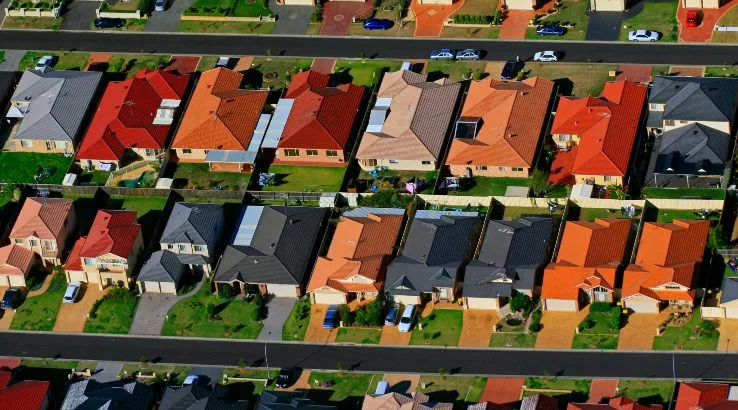Out of cycle: How your home loan rate could increase this year, even if the cash rate doesn’t

The cash rate is unlikely to increase this year, but that doesn't mean your low home loan interest rate won't either.
According to the 39 economists who took part in this month's RBA Cash Rate Survey, Australia's cash rate will stay at 0.10% for the foreseeable future. For homeowners and potential buyers, this should be good news. As home loan rates usually rise and fall with the cash rate, a low cash rate should ensure ongoing low home loan rates for consumers. However, the problem is that in an extended period of a static rate, banks tend to do their own thing.
The cash rate determines the cost that your bank pays to the Australian central bank to borrow money. A high cash rate means that borrowing is expensive – banks become more reliant on the cash in their vaults and charge a higher rate to lend it out. A low cash rate has the opposite effect – with banks able to access loans cheaply, they are able to pass those savings on to their customers. Competition between the banks ensures there is ample market pressure for the banks to promptly follow the cash rate.
However, a bank's cost of doing business can go up and down even if the cash rate doesn't move. While banks would normally factor the extra costs of doing business into their interest rate cuts – reducing their rate by less than the RBA cash rate cut to compensate for increased costs, for example – an extended period of cash rate stagnation means there are no opportunities for the bank to adjust its rates in response to the RBA.

For 34 months between August 2016 and May 2019, Australia's cash rate sat unchanged at 1.50%. Over this same period, the big banks changed their interest rates seven times, according to RBA data. Five of those moves were increases.
The average variable rate across the big banks sat at 5.26% at the beginning of this period, had risen to 5.29% by May 2017, and then fell to 5.22% two months later. It remained at this lower rate for 15 months, before a series of increases between September 2018 and January 2019 resulted in a new average rate of 5.37%.
These are not huge movements, but they can still impact the cost of your loan. With the average Sydney home at the start of this period costing around $900,000, a rate increase of this magnitude would cost the average family an extra $590 annually.
So even if the RBA decides to leave the cash rate at 0.10% until the end of 2022, as predicted by the majority of economists in our survey, this does not mean your home loan repayments will stay the same. With rates at rock bottom and the best value loans in the market generally falling under 2%, now is an important time to keep an eye on your interest rate and resulting repayments. If you feel you are paying too much, it might be time to consider switching lenders.
Finder's Insights Blog examines issues affecting the Australian consumer. It appears regularly on finder.com.au.
Picture: Getty/Shutterstock
Ask a question
